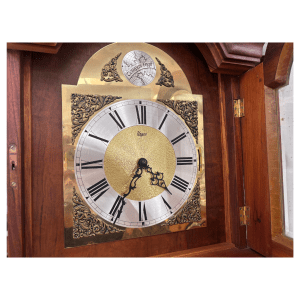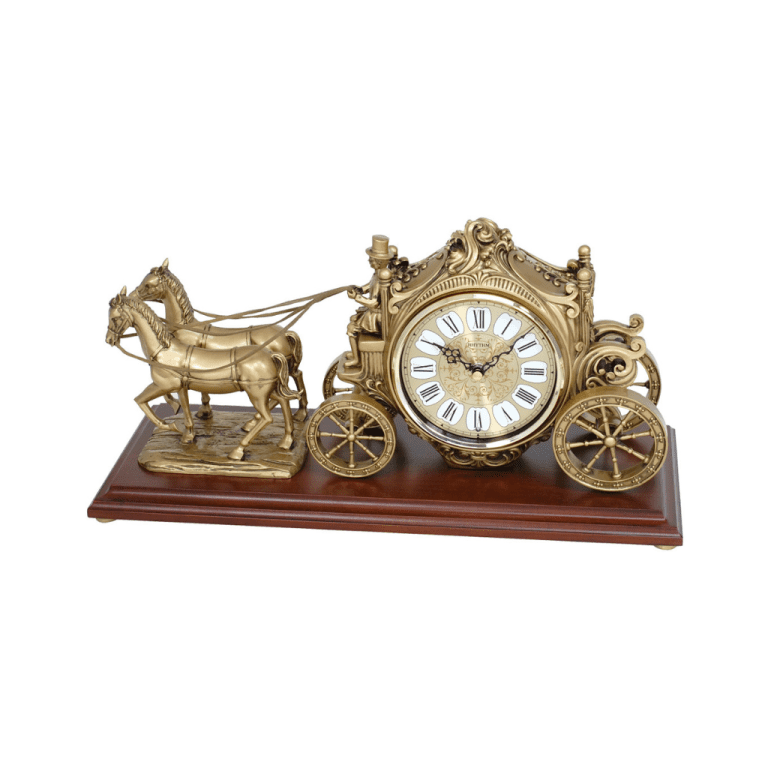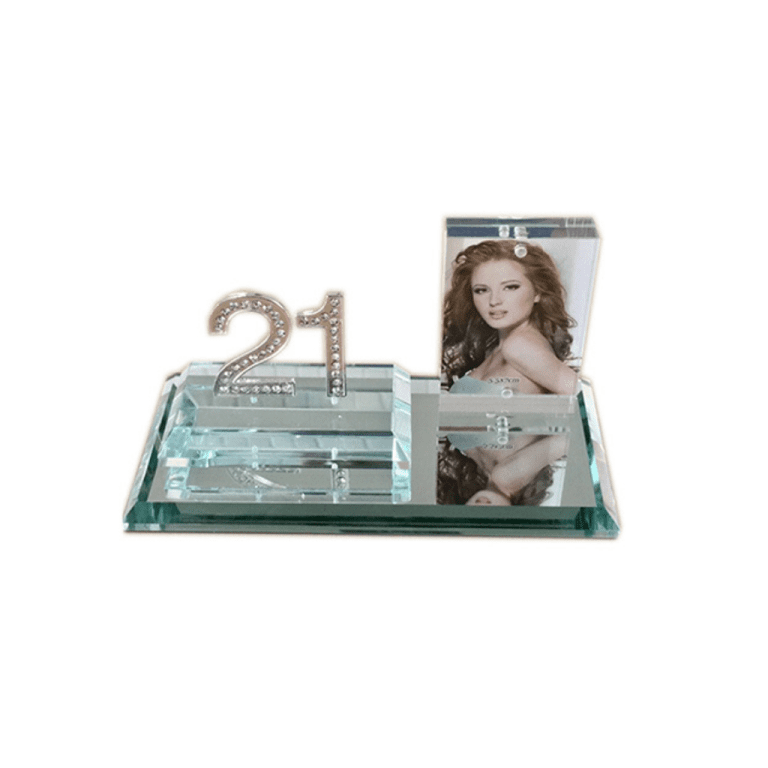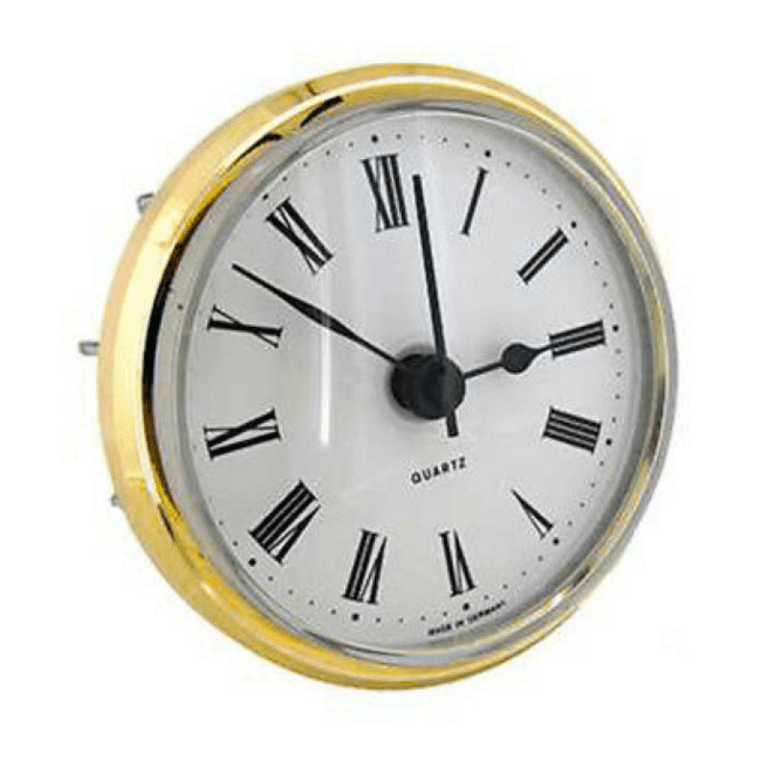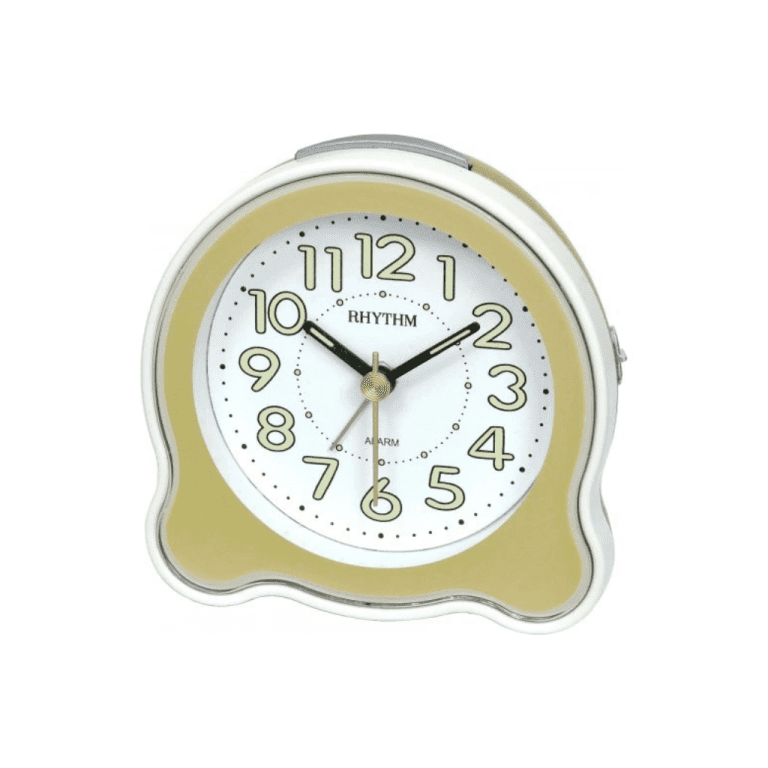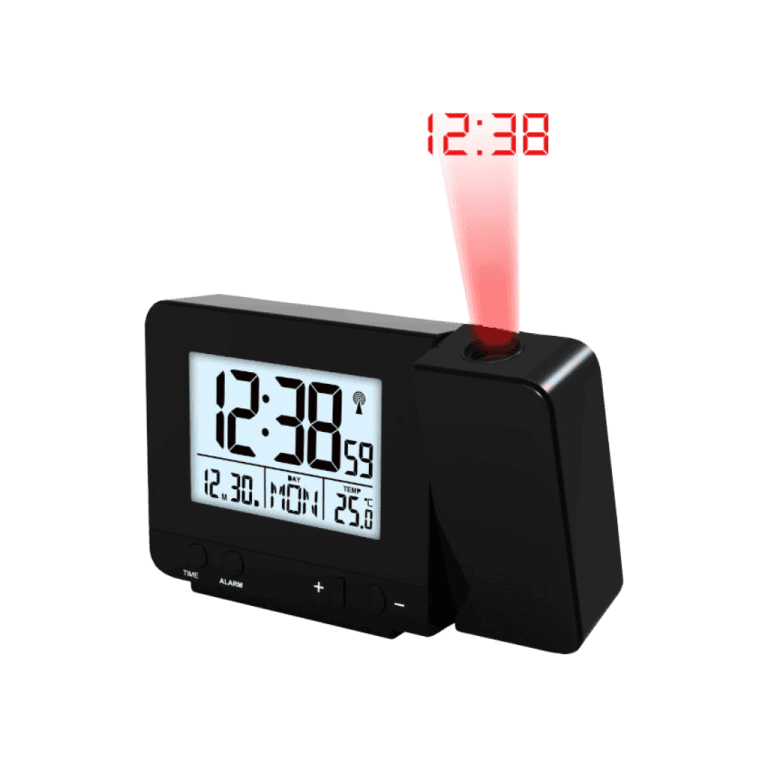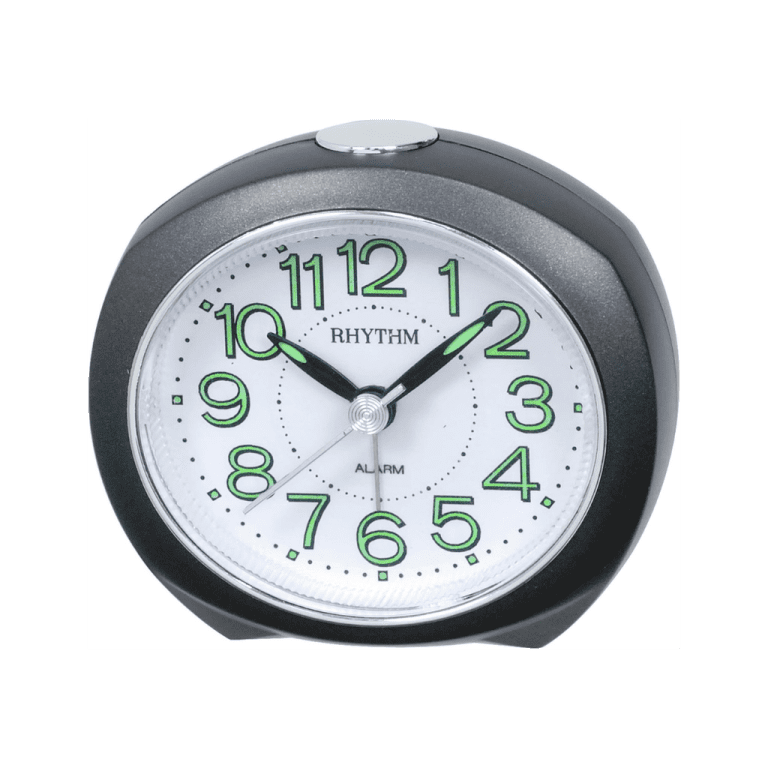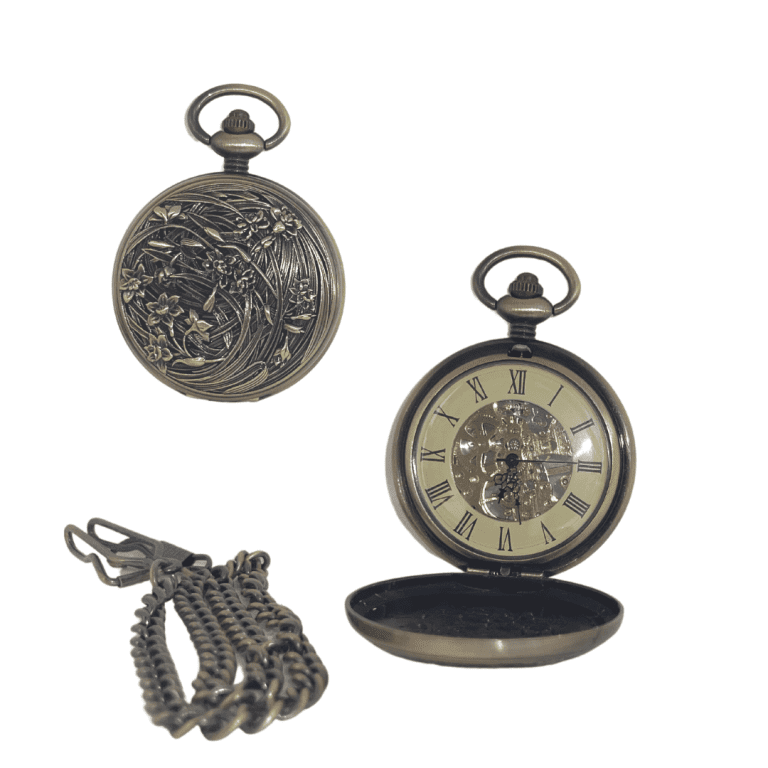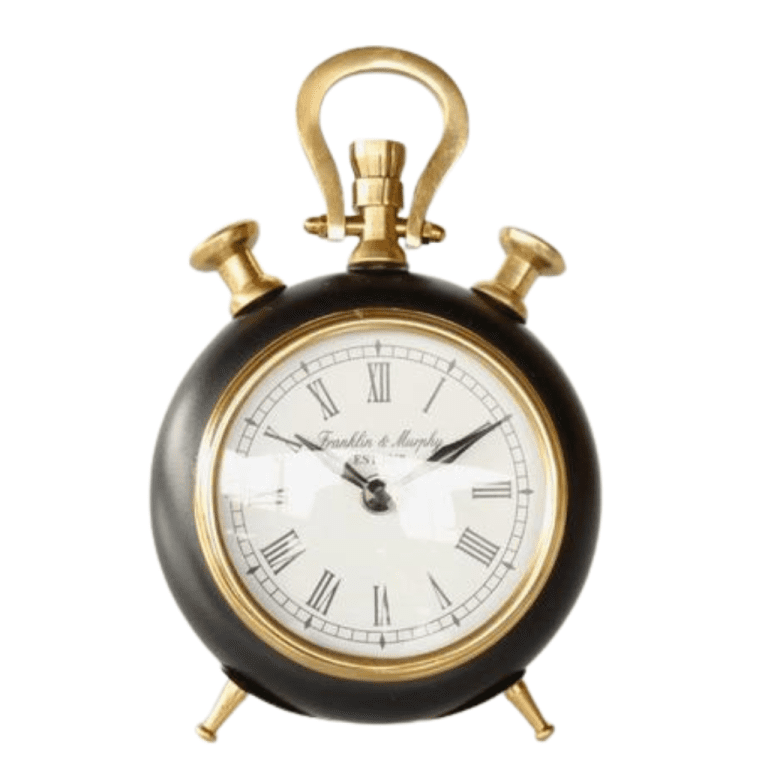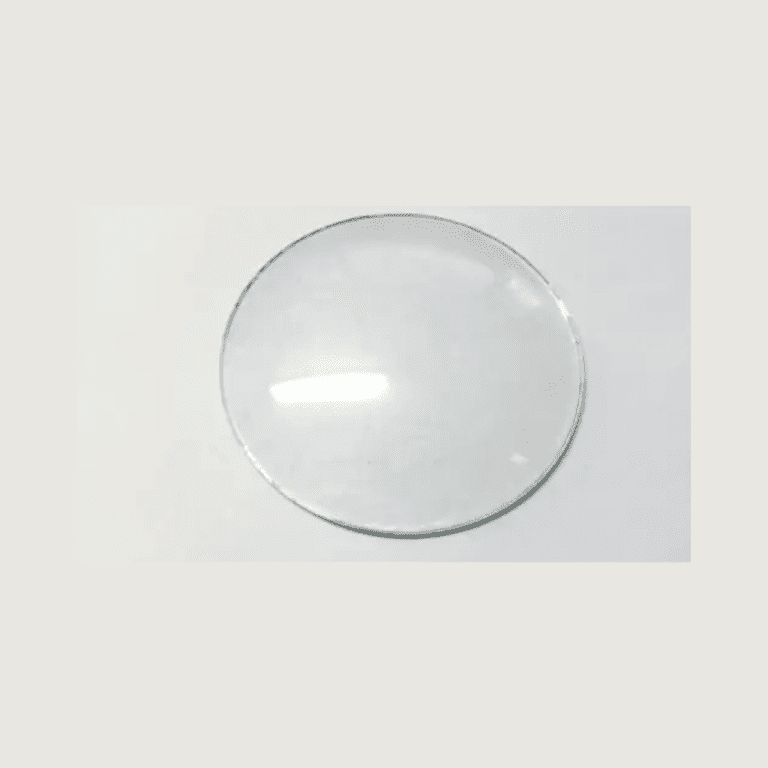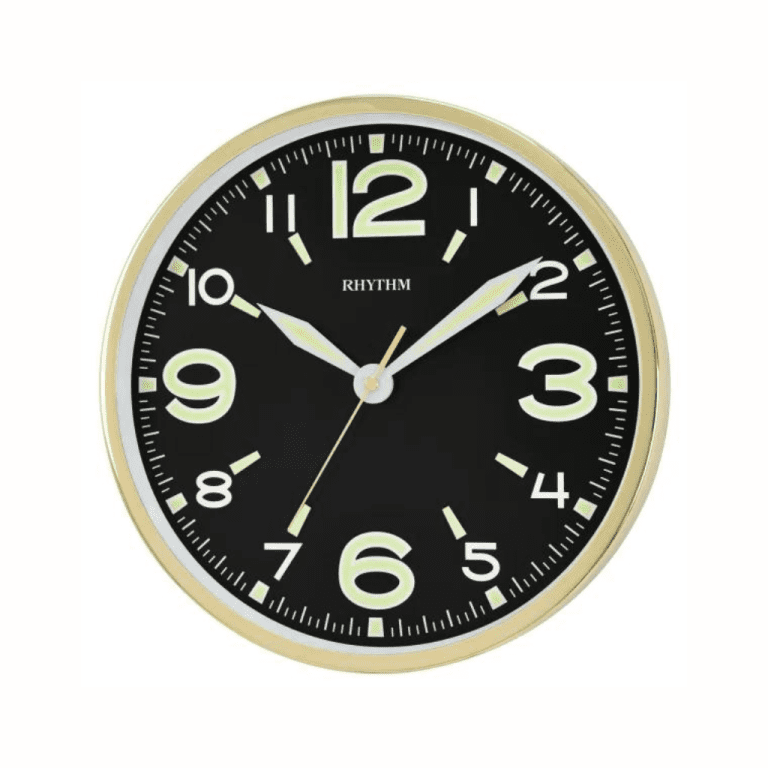Enjoying the use of your analog barometer – with the needle!
Your barometer is just as accurate a weather forecaster as the TV meteorologist you watch with the news. Under most conditions it forecasts weather for the 12 to 24 hours ahead. Its mission is to measure air or atmospheric pressure and indicate its rising or falling.
The pressure is shown on your barometer’s dial, usually expressed in “inches” referring to “inches of mercury” (inch Hg). The early barometers measured the pressure by the rise or fall of a column of mercury. This mercury barometer was invented back in 1643 by a pupil of Galileo named Evangelista Toricelli.
Meteorologists use “millibars” in charting atmospheric pressure and your barometer has a second scale or ring which reads in millibars (mb), or “hectopascals” (hPa). The latter is used in some countries as a unit of pressure. Standard air pressure at standard elevation (sea level) at 15°C and 45° latitude is 1013 hPa or 29.92 inches of mercury.
Most dial type barometers employ an air pressure sensor with a limited range of sensitivity. Generally the working altitude range covers only about 3000 to 4000 feet. So be sure to choose a barometer that has a sensor range factory set for use at your elevation (e.g. 0-3000 ft., 3000-7000 ft. or 7000 ft and above).
Looking at setting your barometer…
When you receive your barometer it must be adjusted before being put to use and a local weather broadcast will give barometric pressure for your approximate location. The adjusting screw is located in a hole in the back of the barometer and can be reached with a small screw driver to adjust your instrument to this reading.
Turn the adjusting screw while observing the face of the dial so the indicating hand moves clockwise to match the broadcast reading for your elevation. Tap the display lightly and further adjust the hand if necessary to the desired setting.
The center knob on the barometer’s front moves the set hand. Use it to mark or place over the location of the black inside hand at the time you set the barometer. This outside set hand will then serve as a reference marker so you can easily see if pressure is rising, falling or steady.
Your barometer’s reading may not exactly coincide with a broadcast due to difference in location, time of reading and other factors.
What about correcting to sea level?
Note that when using a weather barometer (usually with a scale range between 28 and 31 inches Hg) at a location above sea level, the reading must be corrected back to sea level. This is automatically accomplished when you initially match your barometer’s reading to that reported by local TV or radio weather forecast. These reported readings have already been “corrected” to sea level, thus eliminating any pressure differences due to elevation.
Credited to:sciencecompany



